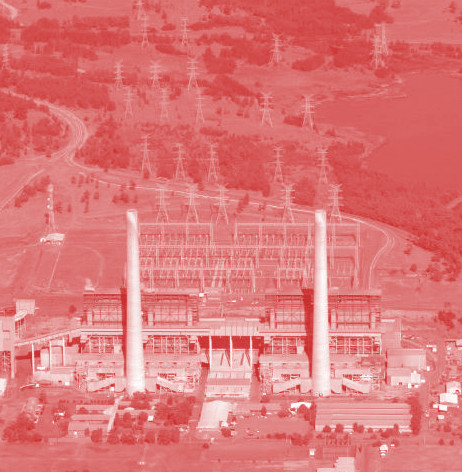Government wants Liddell to live on
 The Prime Minister is very keen on keeping one of Australia’s oldest coal-fired power stations open, while the company that owns it says it will be shut down.
The Prime Minister is very keen on keeping one of Australia’s oldest coal-fired power stations open, while the company that owns it says it will be shut down.
Energy giant AGL this week rebuffed Malcolm Turnbull’s pleas to extend the life of the Liddell power station by at least five years.
AGL wants to get out of coal, and has planned for the plant in NSW’s Hunter region to close in 2022.
After repeated calls from members of the Turnbull Government, AGL now says it would be prepared to sell the power plant.
The campaign stemmed from a report by the Australian Energy Market Operator (AEMO) that warned Australia’s energy reliability is in jeopardy without action to secure supplies during the transition to cleaner sources.
Mr Turnbull told parliament that he and Energy Minister Josh Frydenberg were “already in discussions” with AGL “about how we can ensure that the power station stays in operation for at least another five years after 2022.”
Former prime minister Tony Abbott tweeted that it was “good that AGL is no longer getting out of coal!”
This led AGL chief Andy Vesey to reiterate his company’s position, tweeting; “We’re getting out of coal. We committed to the closure of the Liddell power station in 2022, the end of its operating life.”
Mr Vesey also said that “keeping old coal plants open won’t deliver the reliable, affordable energy our customers need”.
The Prime Minister then told reporters: “I’ve spoken to him several times about this matter. He says AGL wants to get out of coal, but he has said that he is prepared to sell to a responsible party and that’s what we’re talking about.”
“Mr Vesey has obligations to his shareholders, my commitment is to all Australians - families, businesses big and small - to deliver affordable and reliable electricity.” he said.
Mr Turnbull said “I think it’s better that the private sector owns generators like that”, when asked about a potential government buy-out.
The AEMO report that sent the LNP government scrambling says the National Energy Market (NEM) “is not delivering enough investment in flexible dispatchable resources to maintain the defined target level of supply reliability, as the transition from traditional generation to variable energy resources proceeds.”
“Short-term measures will be necessary until a long-term solution is agreed and becomes fully effective.”
AEMO says authorities should think about “the possible extension of the capability of some existing resources … This could take the form of life-extension or investment to increase the flexibility of current dispatchable resources, and thereby improving their business viability and extending their life in the market”.
The report recommends:
- a strategic reserve of about 1000 megawatts (MW) of flexible dispatchable energy resources to maintain reliable supply in South Australia and Victoria before the coming summer
- progressively decreasing levels of strategic reserve up to 2020-22, which would require new measures be put in place by 2018-19
- mechanisms be established in the NEM design to deal with the scheduled 2022 Liddell retirement and similar needs







 Print
Print